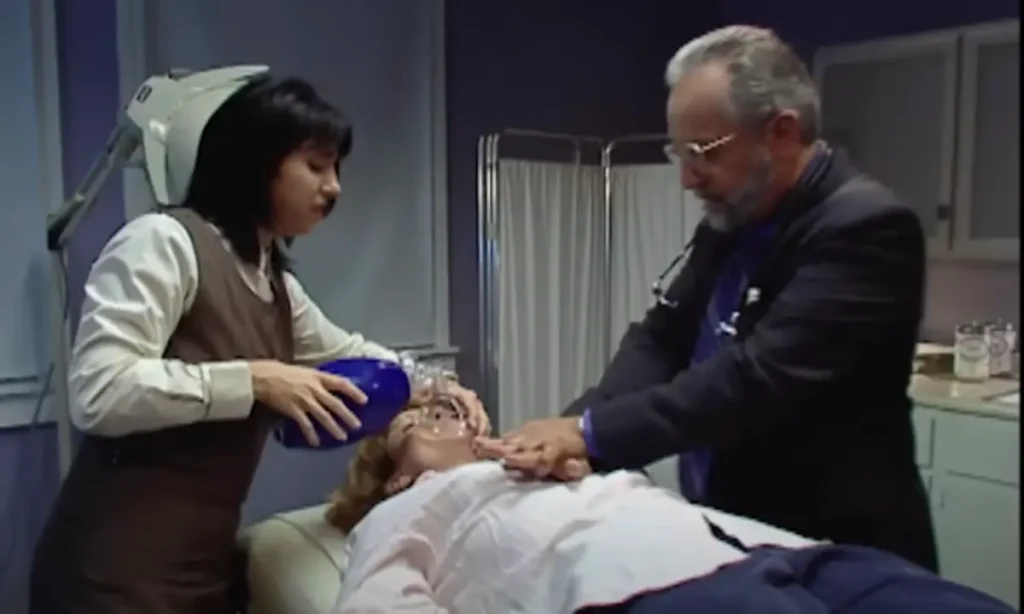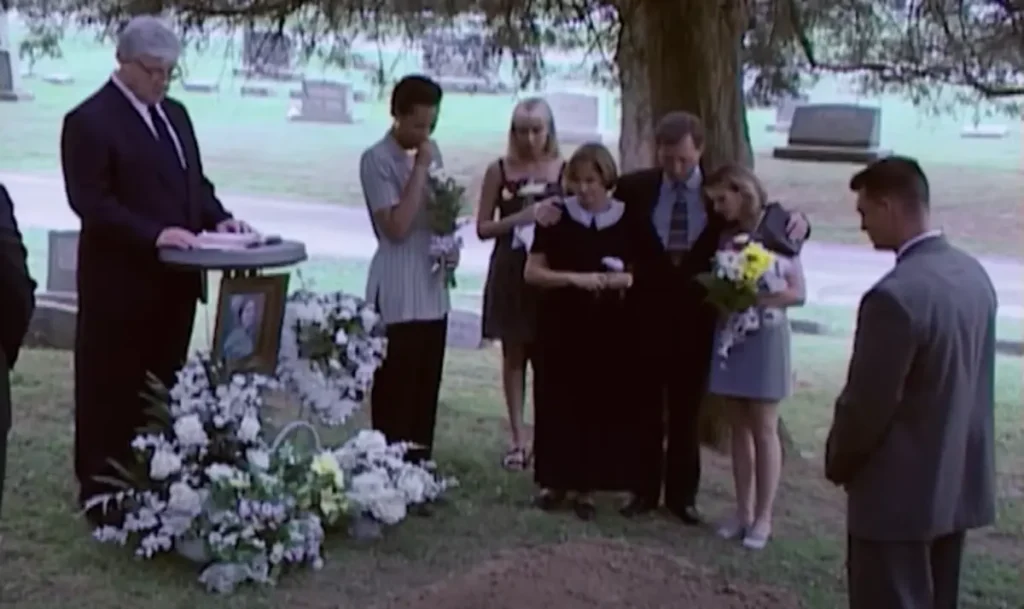The Suspicious Deaths Under Dr. Shipman’s Care Unveiled

Breaking the Mysterious Death Enigma of Hyde
The perplexing string of deaths in Hyde continued to Cast a Shadow over the town, leaving residents unsettled and authorities baffled. Shaw’s compiled list hinted at a chilling pattern, with the deceased sharing more than just a common diagnosis of coronary heart disease. As the town grappled with grief, whispers of a potential malevolent force at play began to circulate.
While individual deaths might be dismissed as tragic but unrelated occurrences, the collective impact of multiple fatalities raised alarms. Hyde was no longer just a tranquil community; it had become a breeding ground for suspicion and fear. The question lingered: were these deaths the result of a calculated attack, or was something more insidious at play?
As the local community sought answers, the focus turned to Dr. Shipman’s patients. Were they randomly chosen, or did the targeted individuals share a common thread? The town’s once-trusted physician found himself under scrutiny as investigators delved into the medical histories of the deceased, searching for connections beyond the apparent diagnosis of coronary heart disease.
Meanwhile, Hyde Taxi Driver John Shaw continued to play a pivotal role in unraveling the mystery. His firsthand accounts and meticulous record-keeping provided a unique perspective on the unfolding tragedy. With each passing day, Shaw became more convinced that these deaths were not mere coincidences. His determination to uncover the truth intensified, fueling the town’s collective effort to expose the hidden forces at work.
As the investigation deepened, the possibility of an unseen enemy targeting Hyde’s vulnerable population could not be ignored. The once-close-knit community now found itself grappling with a malevolent force that operated in the shadows. The question on everyone’s mind echoed through the town: who or what was behind these mysterious deaths, and would the truth be revealed before more lives were claimed by the silent plague that had befallen Hyde?
Cracking the Code on Hyde’s Mysterious Deaths
Dr. Shipman’s Disturbing Legacy
In the quiet town of Hyde, the enigma surrounding the sudden deaths of patients under the care of Dr. Shipman begins to unfold. John Shaw, puzzled by a peculiar pattern, discovers that the answer to the question of who’s the doctor always leads to the same name, Dr. Shipman. As he grapples with the possibility of misdiagnoses and unsettling doubts, he questions his own sanity.
Dr. Durk, too, becomes suspicious when confronted with the inexplicable deaths of two members of the same family due to heart attacks. What initially seemed like routine cases and normal occurrences take a sinister turn as the doctors, including Dr. Patel, search for a common trigger. Unbeknownst to them, a cloaked killer lurks in the shadows of Hyde, leaving a trail of sudden deaths that begins to raise suspicions among the residents. The doctors, accustomed to dealing with death on a daily basis, soon realize that these deaths are far from ordinary and signal a disturbing pattern that demands investigation.
Funeral Directors and Doctors Discover Alarming Trend in Cremation Forms
In the midst of routine funeral procedures, funeral directors stumbled upon a disconcerting revelation. Every cremation form they had co-signed recently pertained to patients of Dr. Shipman. The doctors at Brook Surgery, upon reflection, began recalling earlier conversations where seemingly innocuous remarks about signing cremation forms for Dr. Shipman had been exchanged during regular meetings.
These casual comments now take on a chilling significance, as each doctor realizes the alarming frequency with which they had been involved in such requests. The unsettling pattern prompts a collective unease among the medical professionals as they grapple with the implications of their unwitting involvement in a series of cremations linked to Dr. Shipman’s patients.
Uncovering Alarming Suspicions in Dr. Shipman’s Practice
In the small town of Hyde, a mysterious and alarming trend of unusual deaths had gripped the community, prompting the doctors at Brook Surgery to take unprecedented action. Faced with a growing number of fatalities, the medical professionals decided to convene at a pub in a neighboring town to discuss the perplexing situation. Among them was the late Dr. Linda Reynolds, who courageously vocalized what others could only contemplate—the suspicion that Dr. Arnold, one of their own, might be intentionally harming his patients.

